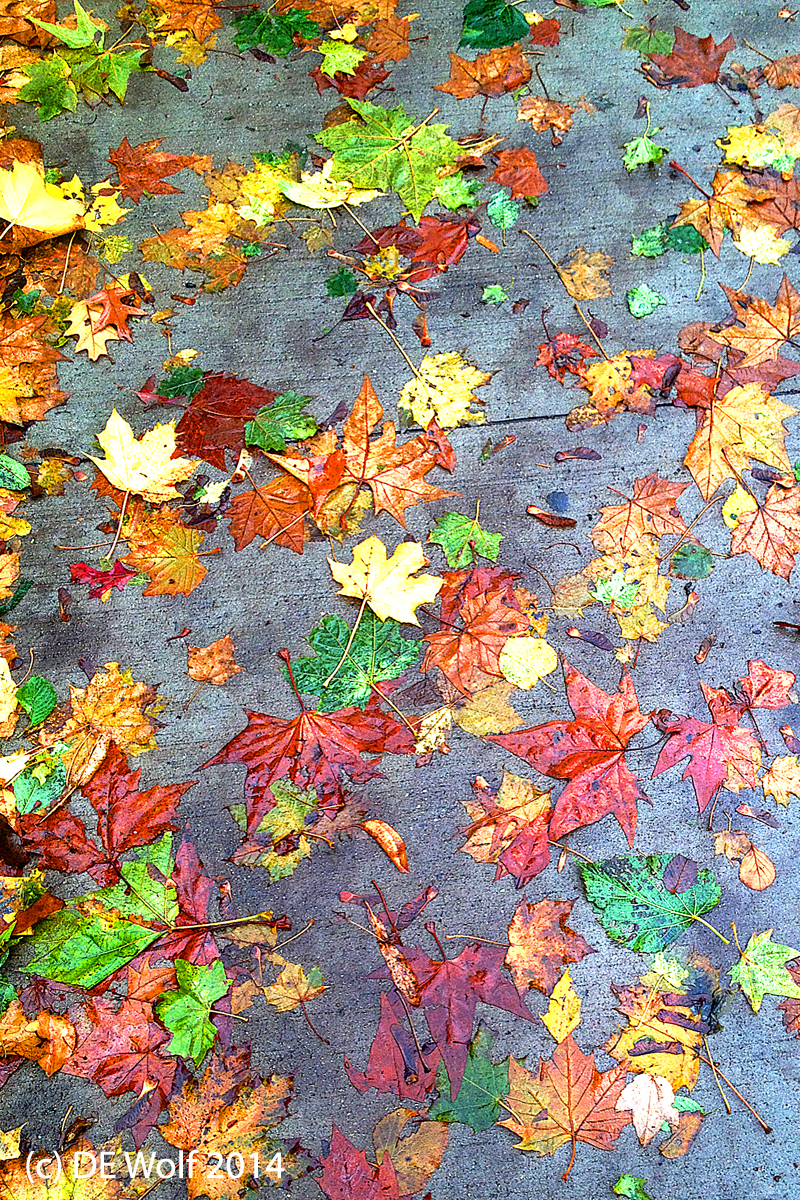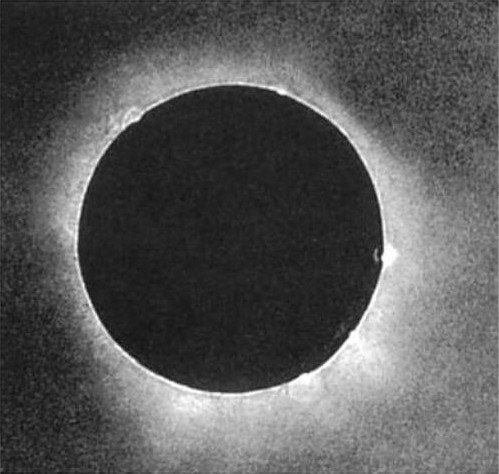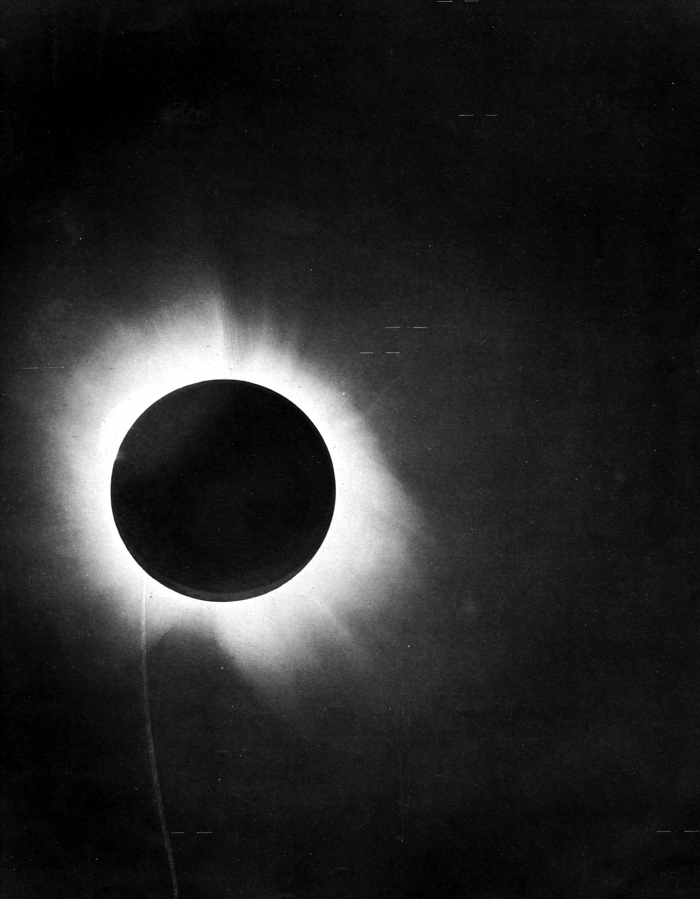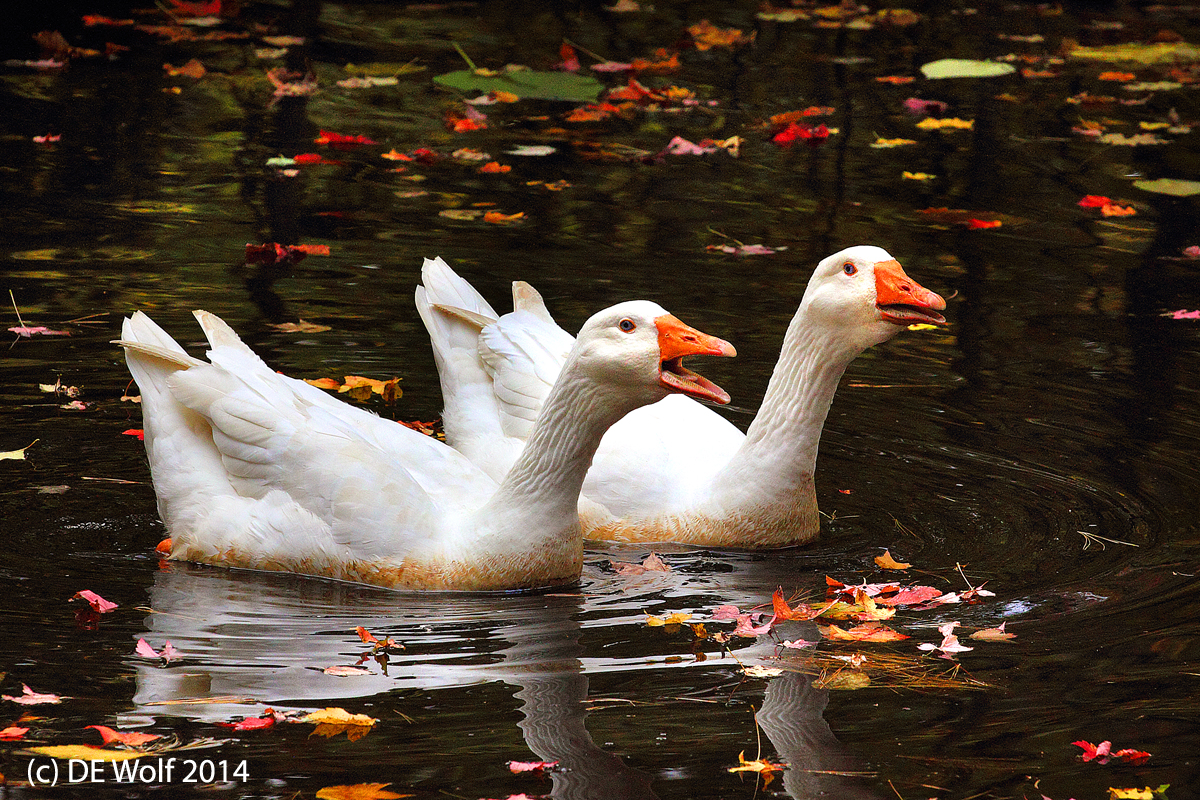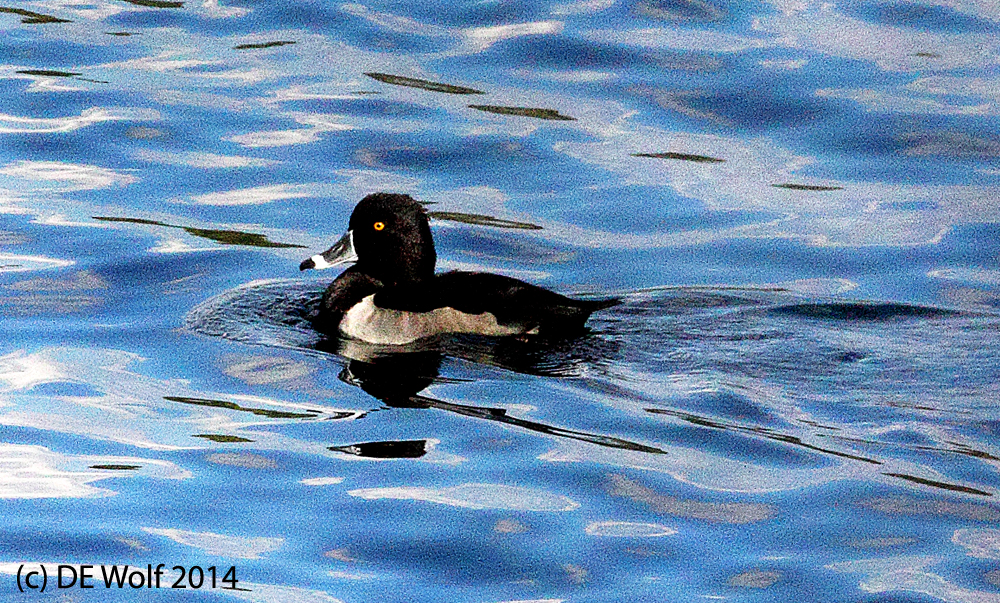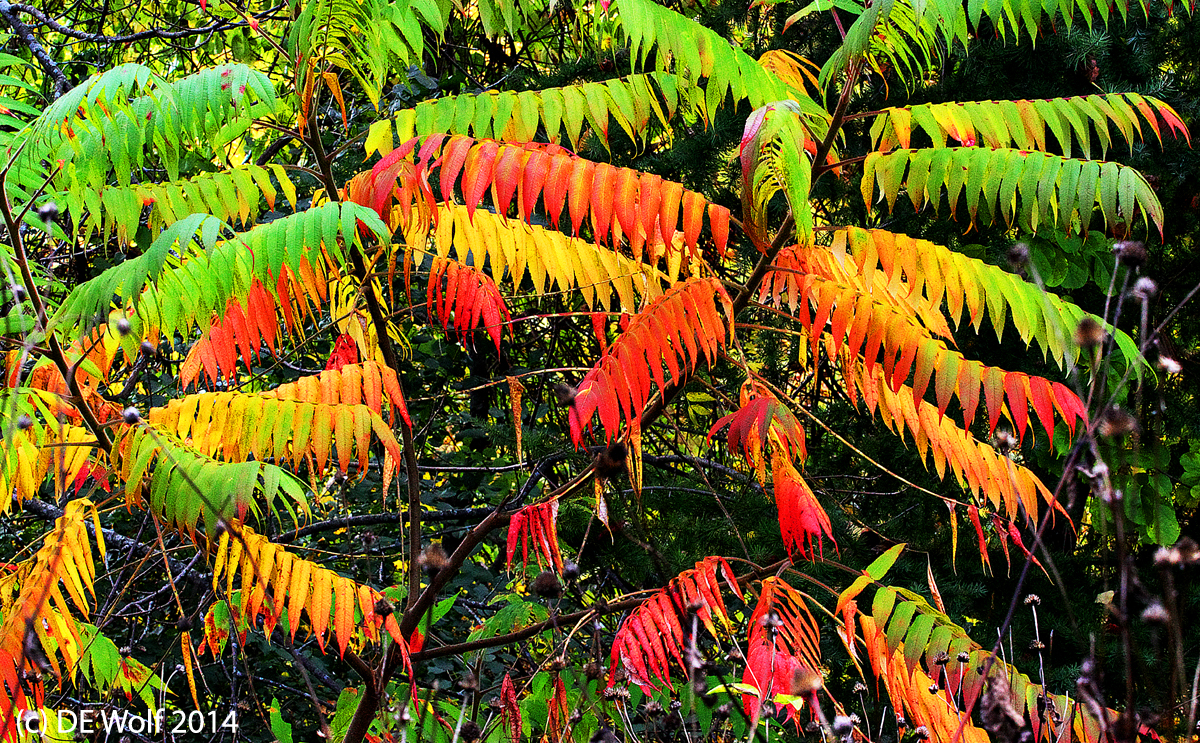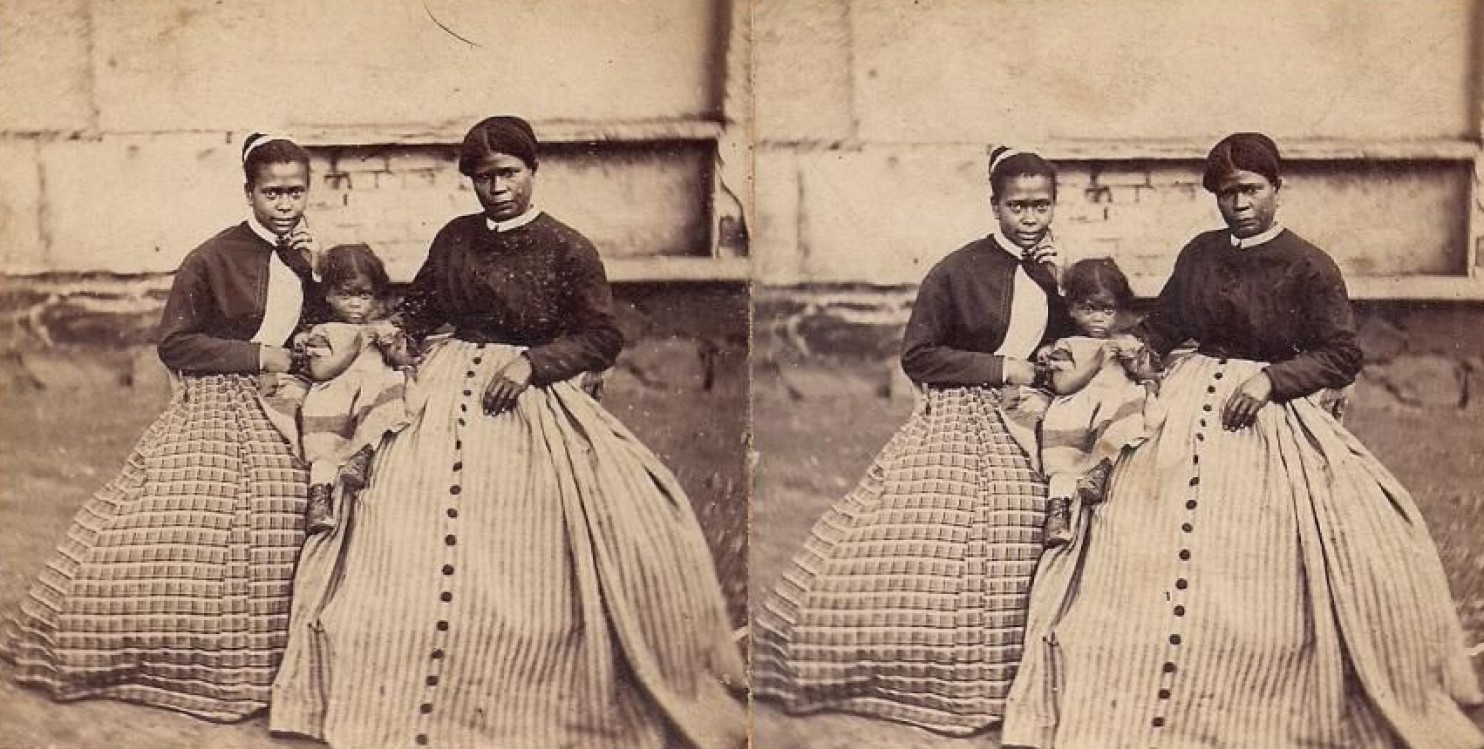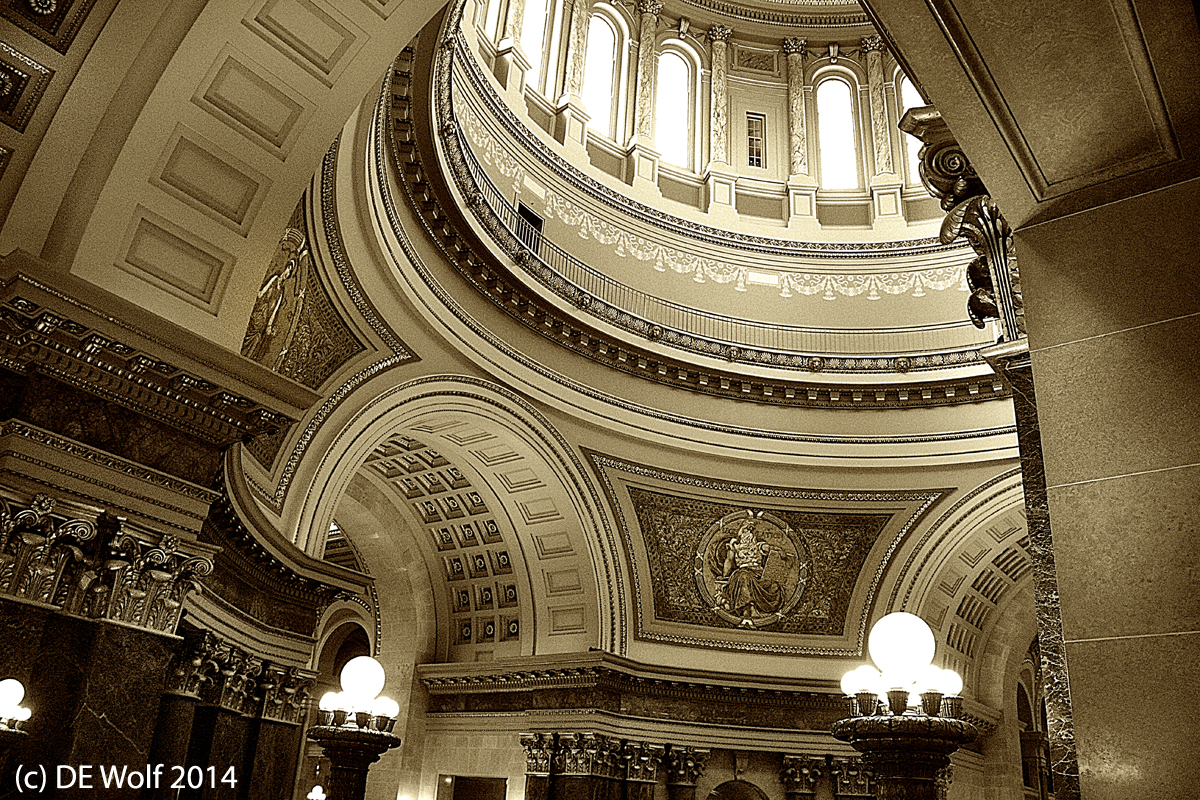The Boston area is currently experiencing an October nor’easter. A nor’easter is a storm that moves up the coast and lingers, churning over the ocean. Since it is turning counterclockwise winds come in from the northeast and dump huge amounts of precipitation. This is a four day storm and so far has dumped 3 inches of rain, which is a lot better than the 30 inches of snow, which is what it would be in January. Anyway, eat your hearts out California!
But coming in October, it does have the effect of ravaging the remaining foliage, accelerating us into November. Today after four hours contemplating the details of the electron transfer chain of oxidative phosphorylation (again this is what us geeks do), I found myself in need of two things: a cold wet blast of rain and wind in the face and makimono for lunch. The two were fortunately tied together, and I headed off to the local Japanese restaurant for lunch.
It was then that I recognized an important point. The beauty of autumn is not just colorful leaves on trees, but wet leaves on the sidewalk in a rain storm, and even the fossilike impressions left by these leaves on the pavement. So I captured the image of Figure 1 with my IPhone on my walk back to the office and am left with the sense that I have captured the true experience of an October nor’easter.

